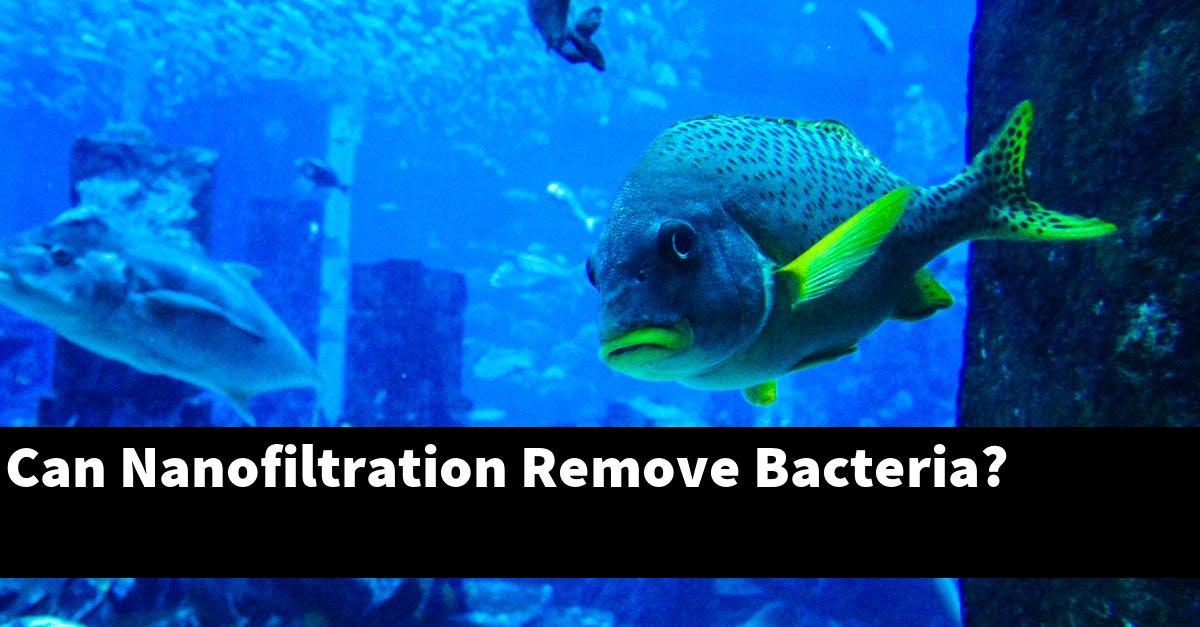Nanofiltration is a type of filtration that uses a membrane with very small pores to remove contaminants from a liquid. Nanofiltration can remove bacteria from water, making it a potential treatment for waterborne illnesses.
What is the purpose of nanofiltration?
Nanofiltration is a process of using ultra-fine particles to remove specific substances from a fluid. Nanofiltration is often used to remove chemical contaminants from water, air, and other liquids.
What does nanofiltration not remove?
Nanofiltration does not remove large molecules, such as bacteria and viruses. It does, however, remove smaller molecules, such as toxins and pollutants.
Can ultrafiltration remove bacteria?
Ultrafiltration is a process that removes small particles from a fluid by passing the fluid through a membrane with a very small pore size. Ultrafiltration is often used to remove bacteria and other microorganisms from water, beer, or other liquids.
The small pore size of the membrane allows the bacteria to pass through, but the larger particles are retained by the membrane.
Which filter is most efficient in removing bacteria?
Some of the most common types of bacteria that can cause infections are Escherichia coli (E. coli), Klebsiella pneumoniae, Proteus mirabilis, and Pseudomonas aeruginosa. Each of these bacteria has a specific type of filter that is most efficient at removing them from water.
The most common type of filter used to remove bacteria from water is a sand filter. A sand filter uses a layer of sand to trap and remove bacteria.
The sand is heated up to a high temperature, which kills the bacteria and causes the filter to become effective at removing them from water.
Another type of filter that is used to remove bacteria from water is a reverse osmosis filter. A reverse osmosis filter uses a high-pressure system to push water through a membrane that is designed to remove all the bacteria.
The membrane is also designed to remove other impurities, such as minerals and chemicals, from the water.
The final type of filter used to remove bacteria from water is a ultraviolet (UV) light filter. A UV light filter uses a UV light to kill the bacteria and make the water safe to drink.
Conclusion
Yes, nanofiltration can remove bacteria from water. Nanofiltration is a type of filtration that uses very small pores to filter out contaminants.
This makes it an effective way to remove bacteria from water.

